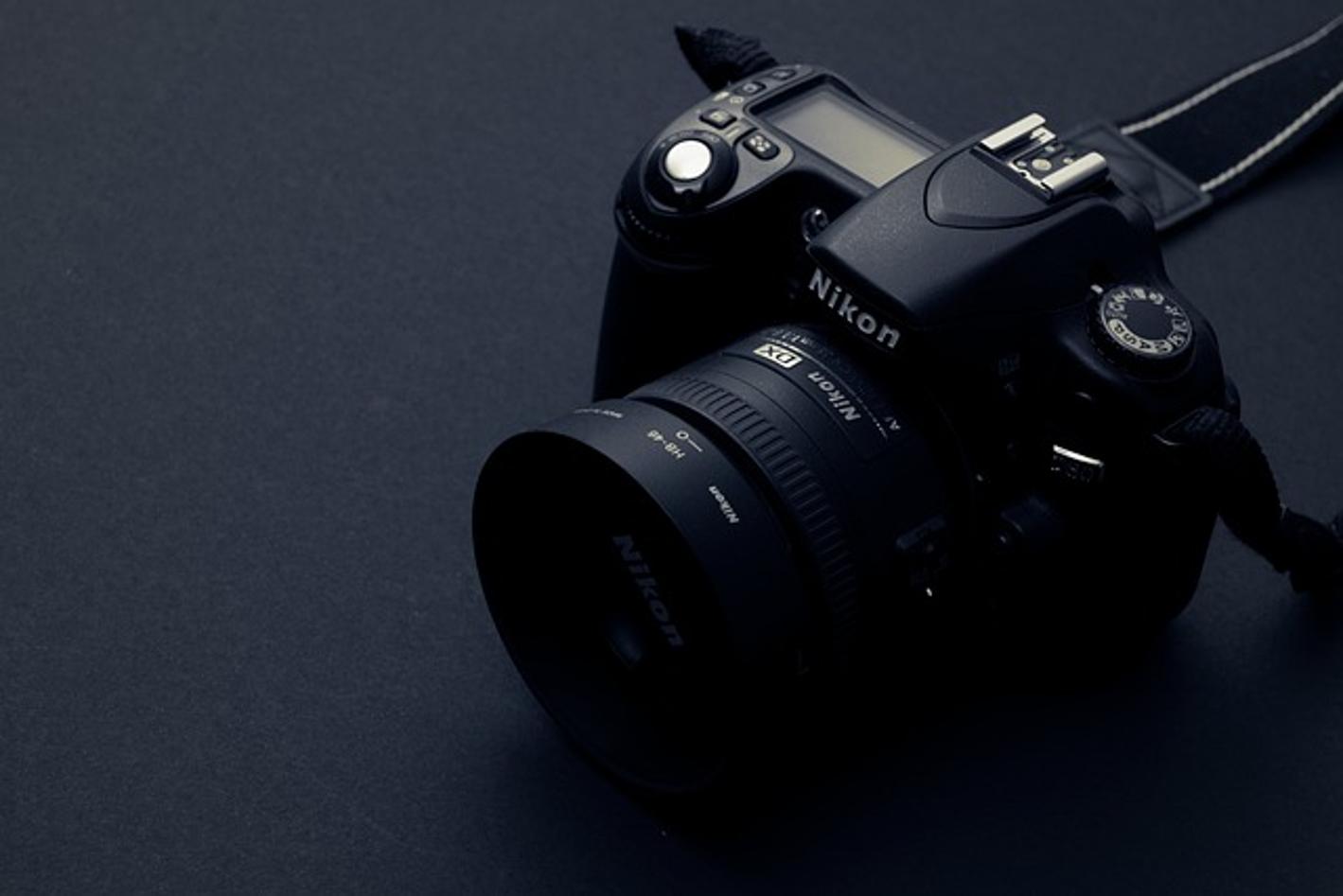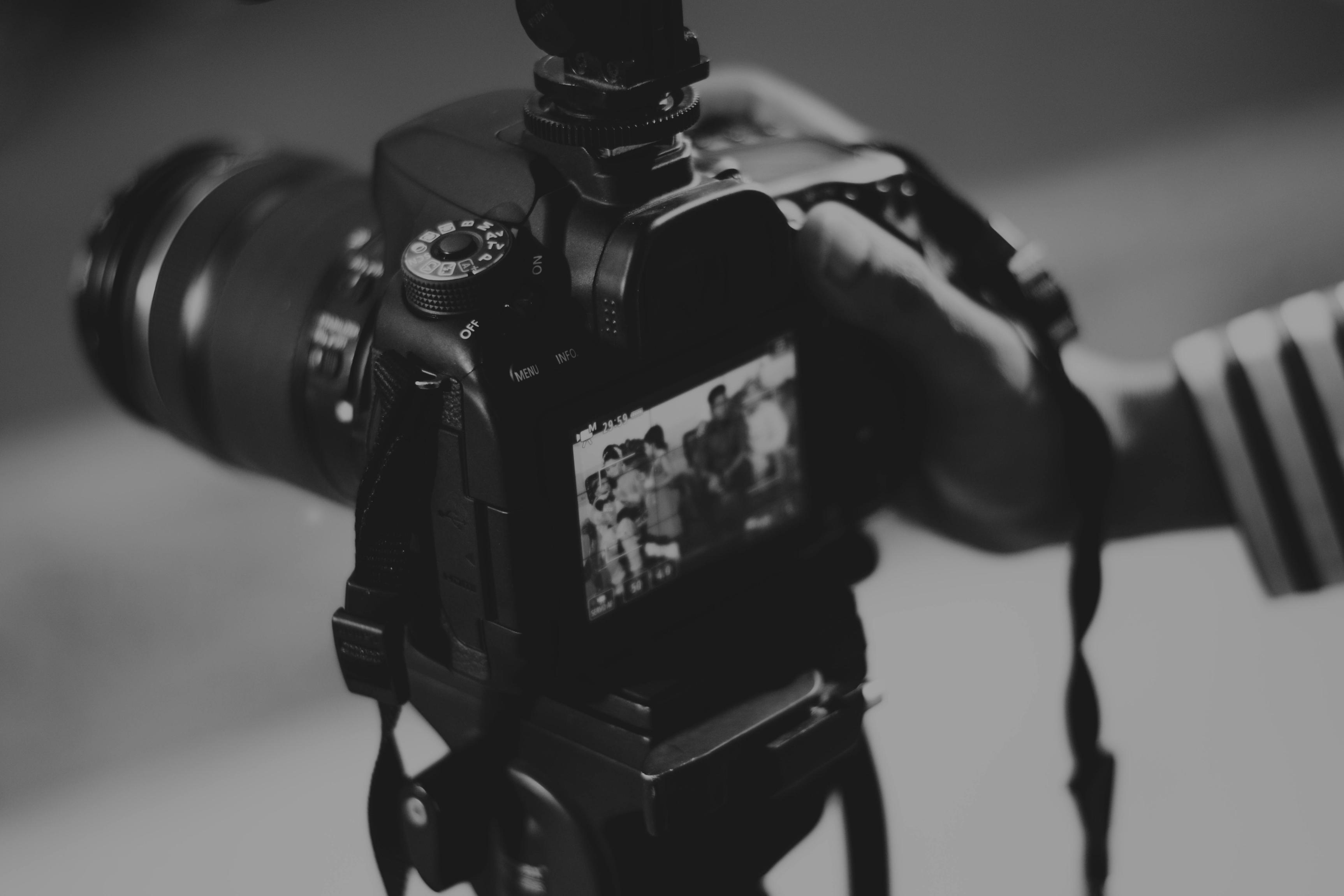How to Operate DSLR: A Comprehensive Guide for Beginners
Introduction
Mastering a DSLR camera can transform your photography from average to exceptional. Whether you're capturing family moments, travel adventures, or exploring creative photography, understanding how to operate your DSLR is crucial. This guide will walk you through the essential components, settings, and techniques needed to use your DSLR effectively.

Understanding Your DSLR Camera
Before diving into techniques, familiarizing yourself with your camera's essential components and basic settings is crucial.
Key Components of a DSLR
A DSLR camera comprises several key parts: - Lens: The detachable lens that captures light from the subject. - Viewfinder: Allows you to frame and focus on your subject. - Sensor: Captures the image, determining the resolution and quality. - Controls: Buttons and dials for adjusting settings like ISO, aperture, and shutter speed.
Basic Settings Overview
Getting started involves understanding these basic settings: - Mode Dial: Switch between automatic, semi-automatic, and manual modes. - ISO: Adjusts the camera's sensitivity to light. - Aperture: Controls the depth of field. - Shutter Speed: Determines how motion is captured.
Mastering the Exposure Triangle
The exposure triangle is foundational to controlling how much light enters your camera, affecting the overall outcome of your photos.
Aperture: Controlling Depth of Field
Aperture, measured in f-stops, affects how much light enters the camera: - Wide Aperture (f/1.4 - f/2.8): More light, shallow depth of field, great for portraits. - Narrow Aperture (f/8 and above): Less light, deeper depth of field, ideal for landscapes.
Shutter Speed: Capturing Motion
Shutter speed is how long the camera's sensor is exposed to light: - Fast Shutter Speed (1/500s and faster): Freezes motion, perfect for action shots. - Slow Shutter Speed (1/30s and slower): Blurs motion, works well for creative effects or low light.
ISO: Managing Sensitivity to Light
ISO controls the camera's sensitivity to light: - Low ISO (100-400): Less sensitivity, better for well-lit conditions. - High ISO (800 and above): More sensitivity, useful in low light but may increase noise.
Exploring Shooting Modes
Each DSLR offers various modes to suit different shooting conditions.
Automatic Mode
Automatic Mode handles all settings, allowing you to focus solely on framing and shooting. While convenient, it offers less creative control.
Aperture Priority Mode (A/Av)
In Aperture Priority Mode, you set the aperture while the camera selects the shutter speed. This mode is ideal for controlling depth of field.
Shutter Priority Mode (S/Tv)
Shutter Priority Mode lets you choose the shutter speed while the camera adjusts the aperture. This is perfect for capturing motion.
Manual Mode (M)
Manual Mode offers full control over aperture, shutter speed, and ISO. This mode is ideal for experienced photographers seeking complete creative freedom.

Essential Focusing Techniques
Achieving sharp, well-focused images is key to professional-quality photos.
Auto vs. Manual Focus
- Auto Focus: The camera automatically adjusts focus for you, suitable for fast-paced shooting.
- Manual Focus: You control the focus, which is ideal for precise focusing in still photography.
Choosing Focus Points
Modern DSLRs allow you to choose focus points, determining where the camera focuses. Use the center point for general shots or select specific points for more precise focusing.
Continuous Autofocus (AF-C) vs. Single Shot AF (AF-S)
- Continuous Autofocus (AF-C): Continuously adjusts focus on moving subjects, perfect for sports and wildlife photography.
- Single Shot AF (AF-S): Locks focus once you half-press the shutter button, best for stationary subjects.

Effective Use of Natural and Artificial Light
Lighting dramatically impacts the quality and mood of your photos.
Understanding Natural Light
Natural light varies throughout the day: - Golden Hour: Soft, warm light after sunrise and before sunset, ideal for portraits and landscapes. - Midday Sun: Harsh, direct light that can create strong shadows, often avoided in portraits.
Using Built-in Flash
The built-in flash can be useful in low-light conditions but often produces harsh lighting. It's best for close-up shots or as a fill light.
Basics of External Lighting
External lighting options like speedlights or softboxes provide more control: - Speedlights: Small, portable flashes that can be attached to your camera or used off-camera. - Softboxes: Diffuse light to reduce harsh shadows, useful for portraits and studio setups.
Basic Composition Rules
Great composition can make an ordinary photo extraordinary.
Rule of Thirds
Imagining your frame divided into nine equal parts using two horizontal and two vertical lines. Place key elements along these lines or at their intersections for balanced and visually appealing photos.
Leading Lines
Use natural lines in your environment, like roads or bridges, to guide viewers’ eyes toward the subject of your photo.
Framing and Perspective
Use natural elements to frame your subject and experiment with different angles and perspectives to add depth and interest.
Introduction to Post-Processing
Even the best photos can benefit from post-processing.
Importance of Editing
Editing helps enhance colors, correct exposure issues, and crop photos for better composition.
Basic Editing Software Recommendations
Free and paid editing software to consider: - Adobe Lightroom: Popular among photographers for its versatility. - GIMP: A free, open-source alternative for basic editing. - Photoshop: Advanced editing capabilities for detailed adjustments.
Conclusion
Mastering your DSLR camera involves practice and experimentations. By understanding the key components, settings, exposure, focusing techniques, lighting, composition rules, and post-processing basics, you'll be well-equipped to capture stunning photos.
Frequently Asked Questions
What is the best mode to start with on a DSLR?
Starting with Aperture Priority Mode (A/Av) is recommended as it allows you to control the depth of field while the camera selects the appropriate shutter speed.
How do I avoid blurry pictures?
To avoid blurry pictures, ensure proper focus, use a fast shutter speed for moving subjects, and stabilize your camera with a tripod.
Do I need to shoot in RAW or JPEG?
Shooting in RAW offers more flexibility in post-processing, but JPEG files are smaller and more convenient for immediate use. Choose based on your needs and editing preferences.



